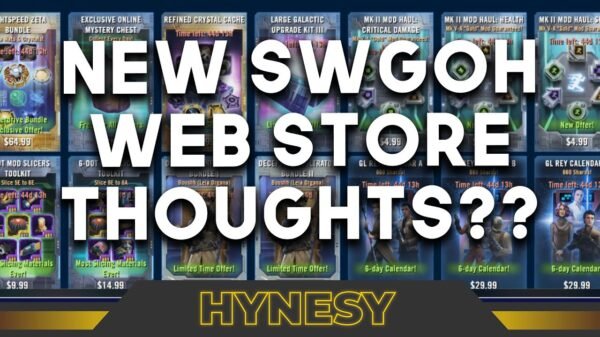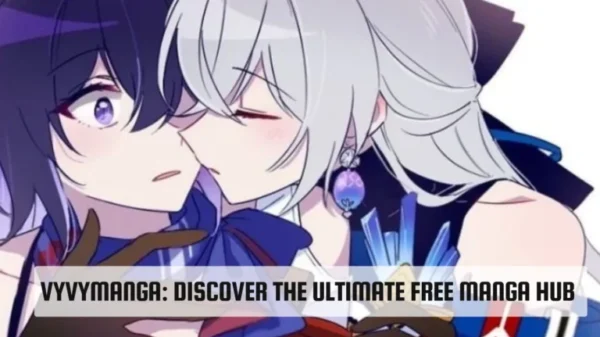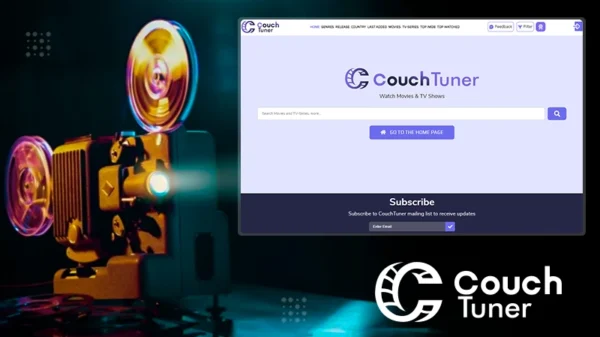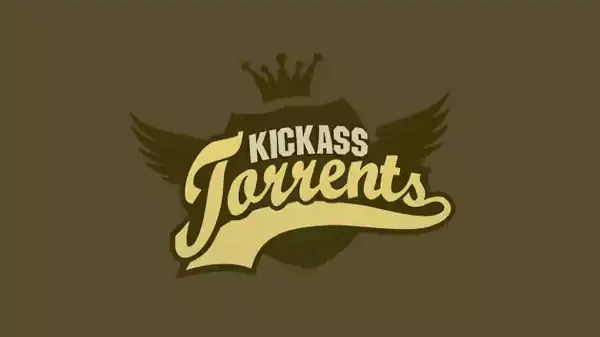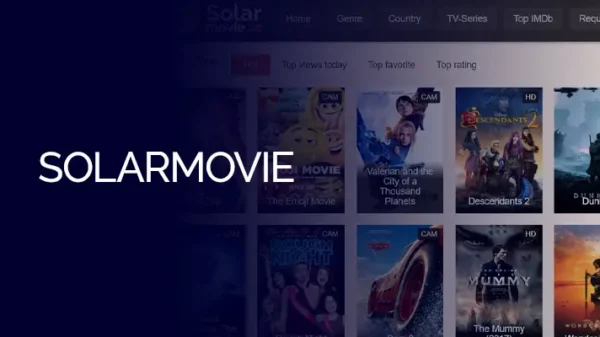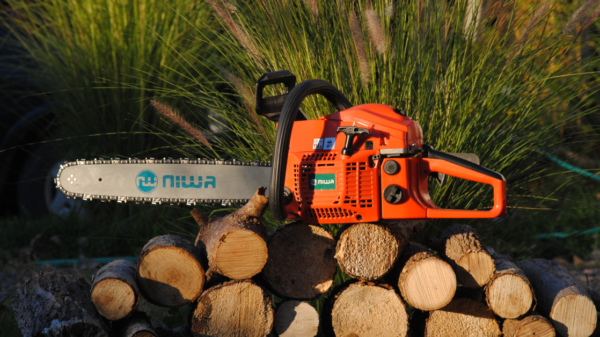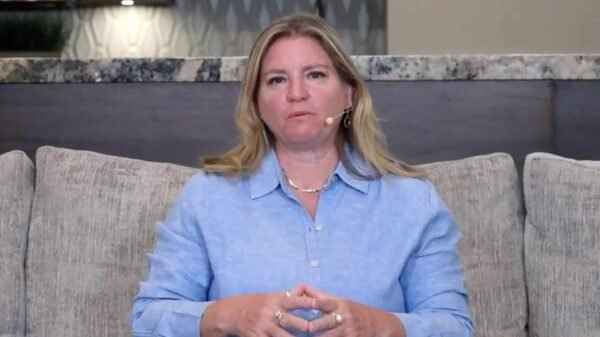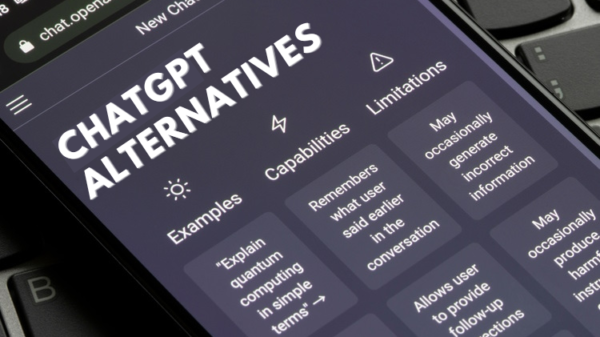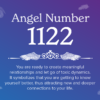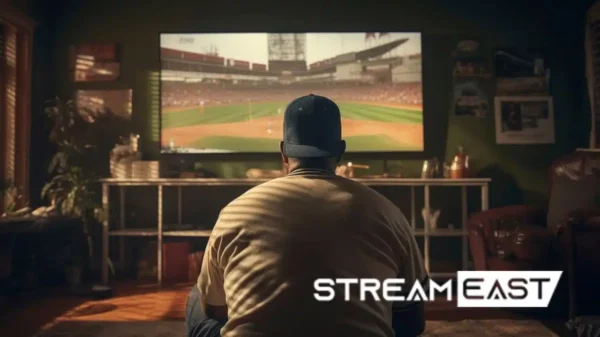In the vast landscape of puzzles and brain teasers, the New York Times Mini Crossword stands out as a daily ritual for thousands of enthusiasts around the globe. Launched as a concise counterpart to the New York Times’ traditional crossword, the Mini offers a quick, yet stimulating puzzle-solving experience that fits perfectly into the busy lives of its solvers. This article delves into the origins of the NYT Mini Crossword, its unique appeal, the challenges it presents, and its role in the broader context of puzzle-solving culture.
Origins and Evolution
The New York Times Mini Crossword was introduced in 2014, conceived as a more accessible, quicker alternative to the NYT’s standard crossword puzzle, which has been a staple of the newspaper since 1942. The Mini’s creation was part of a broader strategy to engage a wider audience, including those who might find the full-sized crossword daunting or time-consuming. Over the years, it has evolved under the stewardship of various editors, with Joel Fagliano currently leading the charge. The Mini has become renowned for its brevity and wit, offering a daily challenge that is both approachable and gratifying.
Design and Format
The NYT Mini Crossword typically consists of a 5×5 grid, a stark contrast to the standard crossword’s 15×15 or Sunday’s 21×21 grid. Each day, solvers are presented with a new puzzle that includes clues ranging from current events and pop culture to wordplay and classic crossword fare. The Mini’s compact format demands precision from its creators, who must craft clues and answers that are challenging yet solvable within a brief timeframe, usually under 5 minutes. This constraint has fostered a unique style of clue writing that is both clever and concise, engaging solvers in a brisk mental workout.
The Appeal of the Mini
Part of the NYT Mini Crossword’s charm lies in its accessibility. It serves as an excellent entry point for those new to crossword puzzles, offering a sense of accomplishment without the time investment required by traditional crosswords. For veterans, the Mini provides a quick puzzle fix and a warm-up for the brain before tackling the day’s larger crossword or other challenges. Its brevity makes it a perfect companion for coffee breaks, commutes, or moments of downtime, embedding itself into the daily routines of its solvers.
A Community of Solvers
The Mini has cultivated a dedicated community of solvers who engage with the puzzle and each other through social media, blogs, and forums. This community shares solving tips, celebrates milestones, and discusses the nuances of each day’s puzzle. The NYT has nurtured this community by incorporating features like leaderboards and streaks, which add a competitive edge and encourage daily engagement. This sense of belonging and shared experience has contributed significantly to the Mini’s popularity, transforming it from a solitary activity into a shared cultural moment.
Challenges and Strategies
Despite its small size, the NYT Mini Crossword can pack a punch. The puzzle’s limited grid size means that every word counts, and solvers must navigate a tight web of intersecting words. This can lead to moments of frustration, especially when a single elusive answer blocks completion. Successful solvers often develop strategies to tackle the Mini, such as scanning through all the clues before filling in any answers, focusing on fill-in-the-blank or straightforward clues to gain a foothold, or leveraging their knowledge of common crossword conventions and the editor’s stylistic tendencies.
The Role in Puzzle Culture
The NYT Mini Crossword occupies a unique niche in the broader puzzle-solving culture. It represents a modern evolution of the crossword puzzle, a form that has been beloved for over a century, adapting it to the pace and habits of contemporary life. The Mini’s success has inspired the introduction of similar compact puzzles by other publications, contributing to a resurgence of interest in crosswords among younger audiences and digital natives. It serves as a daily reminder of the joy of puzzles, the beauty of language, and the value of taking a moment to challenge one’s brain in the midst of a busy day.
Conclusion: More Than Just a Puzzle
The NYT Mini Crossword transcends its role as a mere diversion, embodying the essence of what makes puzzles so captivating. It is a testament to the power of brevity, proving that a small grid can deliver a rich and satisfying intellectual experience. For many, the Mini has become more than just a puzzle; it is a ritual, a mental exercise, and a source of community and connection in an increasingly digital and fragmented world. As it continues to evolve, the NYT Mini Crossword remains a beloved part of the puzzle landscape, inviting solvers of all ages and skill levels to join in the daily dance of words and wit.






